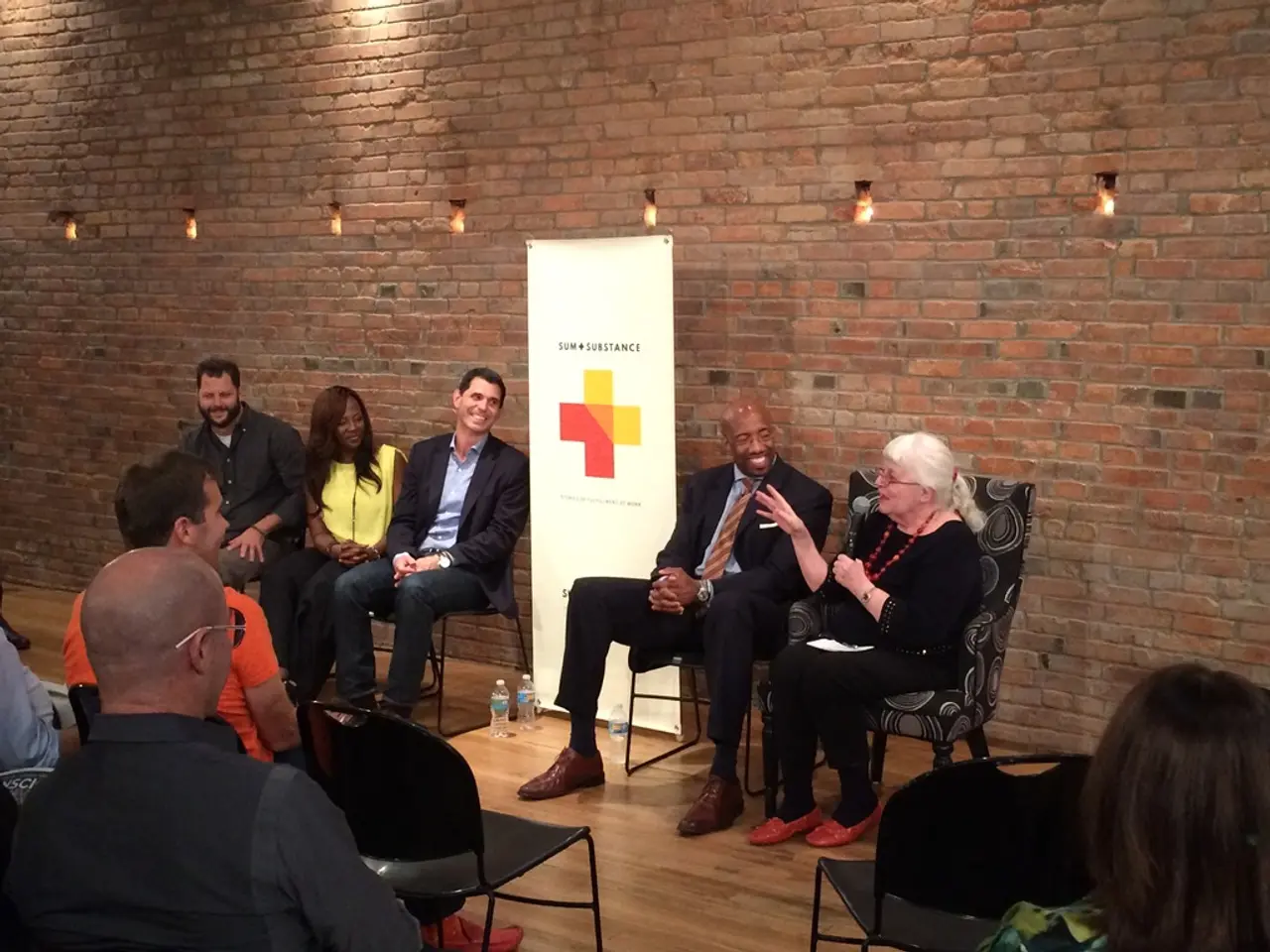Guide for Compiling a Playlist for Every Emotion
In the realm of music, a playlist can serve as a personal soundtrack, reflecting and shaping our emotions. By identifying different moods and selecting songs that resonate with each, we can create a playlist for every occasion.
Music has a profound impact on our emotional states. Listening to happy or sad music tends to make people feel happier or sadder, respectively, as music can both convey and elicit genuine emotional responses. This emotional effect is tied not only to the music's inherent qualities—such as tempo, harmony, and rhythm—but also to familiar or nostalgic associations that can trigger strong emotional memories.
Organising playlists to reflect or guide mood states can enhance this impact. For instance, carefully curated playlists that progressively build energy or calmness can aid in emotional regulation and recovery by lowering anxiety, depression, and stress. Music therapy uses tailored selections to support emotional expression and coping, fostering resilience and social connection through communal music experiences.
Moreover, the pleasure and emotional responses from music are closely linked to the balance between predictability and surprise in musical patterns. Well-structured playlists that maintain engagement through subtle variation trigger reward processes in the brain, involving curiosity and learning, which intensifies positive emotional experiences.
When creating a playlist for sadness, songs with emotive melodies and heartfelt lyrics are particularly poignant. Slow ballads, acoustic tracks, or soulful music can provide a cathartic outlet, helping to process emotions. However, it's also important to consider including hopeful or uplifting songs for balance.
On the other hand, a playlist for celebration involves choosing upbeat and lively tracks. Pop, funk, disco, and dance music are great genres for such playlists. Classic party anthems and feel-good tunes can make everyone feel uplifted and ready to celebrate.
A playlist, simply put, is a collection of songs or tracks arranged in a specific order to create a desired listening experience. By allowing oneself to feel emotions fully while listening to a sad playlist, for example, we can find a form of catharsis and emotional healing.
Today, with the abundance of music streaming platforms such as Spotify, Apple Music, Amazon Music, and YouTube, finding music for your mood playlists has never been easier. Whether you're seeking happiness, sadness, energy, relaxation, nostalgia, romance, motivation, or a chill vibe, there's a playlist out there waiting for you. So, let your music be your guide, and let it shape your emotional journey.
A carefully curated playlist can be a powerful tool for shaping one's emotional journey, with its music and order reflecting various moods and states. Incorporating songs from different genres such as slow ballads, acoustic tracks, or soulful music in a playlist for sadness, or upbeat and lively tracks like pop, funk, disco, and dance music in a playlist for celebration, can greatly impact our emotional states and help us process our feelings or celebrate moments accordingly. With the accessibility of music streaming platforms, discovering music that suits our desired mood playlists has become effortless, allowing us to immerse ourselves in a lifestyle enriched by music and its profound impact on our emotional well-being.





